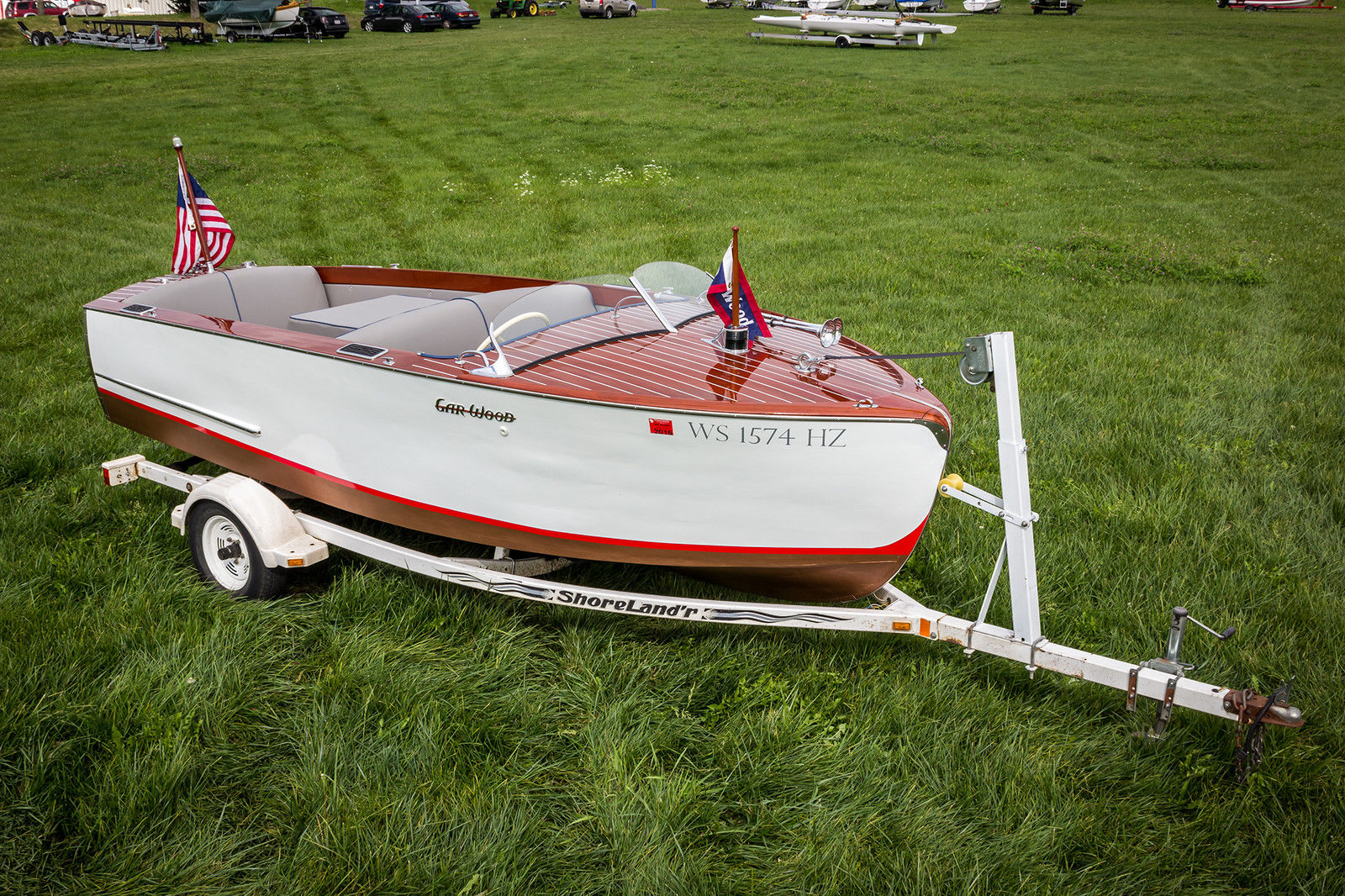

We use the Veritas Detail Flush-Cutting Saw, with a 26 TPI blade (05K34.10) for trimming the bungs fair with the surface. As a result, the new planking is proud of the covering boards now that the framework has been completed. That droop hid the fact that the deck boards we removed were actually thicker than are the covering boards. What remains? As we explained in earlier reports, both decks were flying loose and sagging where they met the gunwales. Only then can we begin rolling and tipping coats of varnish.įriday the 13th turns out to be a near milestone day for the 1946 Gar Wood Ensign deck planking project.Īs it opens, you can enjoy with John and me seeing all the planking, fasteners and bungs in place, and all of the deck seams having been routed out. And RJ can stand on the deck without deflecting it.Īddressing the aft deck required releasing and replacing much of the framing as the end of most of the members had suffered serious degradation over the years.īleaching is next, followed by staining. The bulkhead is firmly attached at both ends. The foredeck has regained its correct “domed” shape. That we succeeded is evident in this clip. Once everything seemed to be in place, we fastened the newly-fabricated planks, holding our breath all the while. Our strategy for addressing bringing the decks back to their proper shapes and strength involved releasing and re-fastening the individual elements under pressure.
#16 foot gar wood runabout 1946 trial
When we positioned several trial planks across the foredeck, a pronounced and ill-positioned hump was evident on port, while the starboard side was essentially flat. Not only were both decks dripped and broken away from their respective connections to the gunwales, the balance of the framing had become distorted and disconnected over time.

We knew we had no choice but to plank the decks anew, but she was holding another secret beneath her tired, split and just plain worn out original decking. We could not be more pleased to have reached this milestone. The first of three coats of CPES will be applied tomorrow morning. We will complete the staining process by day’s end. Then cheesed cloth is used to scrub, and I mean really, really scrub, across the grain until we can discern a sheen across the surface.

.jpeg)
#16 foot gar wood runabout 1946 full
We masked both covering boards at their intersection with the foredeck so we’d have more control over the process.Īs with other projects, a full coat of stain is applied using a chip brush after which it is allowed to flash – become almost dull in appearance. (Our customary Chris ratio is 2 red to 1 brown.) Once we confirmed using our moisture meter that the wood is back to about 15% or less moisture content, we lightly hand sanded the entire surface with 80 grit dry paper, vacuumed it and then washed it down with Interlux 202 thinner.Īs Ensigns were originally much browner than we are used to in the case of Chris-Craft boats, we mixed a 1:1 ration of two Interlux Interstain filler stain, Chris-Craft Mahogany (573) and brown mahogany (42). It is staining day for the 1946 Gar Wood Ensign. The first coat of Pettit High-Build Varnish will be rolled and tipped on Friday! While not always, and likely due to a chemical incompatibility between them, our occasional experience is that applying Smith’s CPES over Interlux Interstain seems to lift the stain here and there, but the result is absolutely unacceptable.įor that reason we use only two-part Interlux Clear Wood Sealer Interlux, a fast drying urethane used for priming wood prior to application of single part varnishes or two component urethane finishes, over Interlux Interstain. Sealing is next, and here I will correct a misstatement I made in the previous Gar Wood staining day clip. Notice the absence of any telltale dark rings around any of the bungs, and that the bungs, all of which are new, match the hues of the wood surrounding them perfectly. That the process has worked as planned is clear from the homogeneity of the color across all surfaces, from the decks to the covering and then to the combing boards. Our aggressive bleaching, which involved keeping the wood well-soaked with bleach for 19 hours, created the perfect palette for the Interlux Interstain we scrubbed into the wood today. Staining day for the 1946 Gar Wood Ensign is complete.


 0 kommentar(er)
0 kommentar(er)
